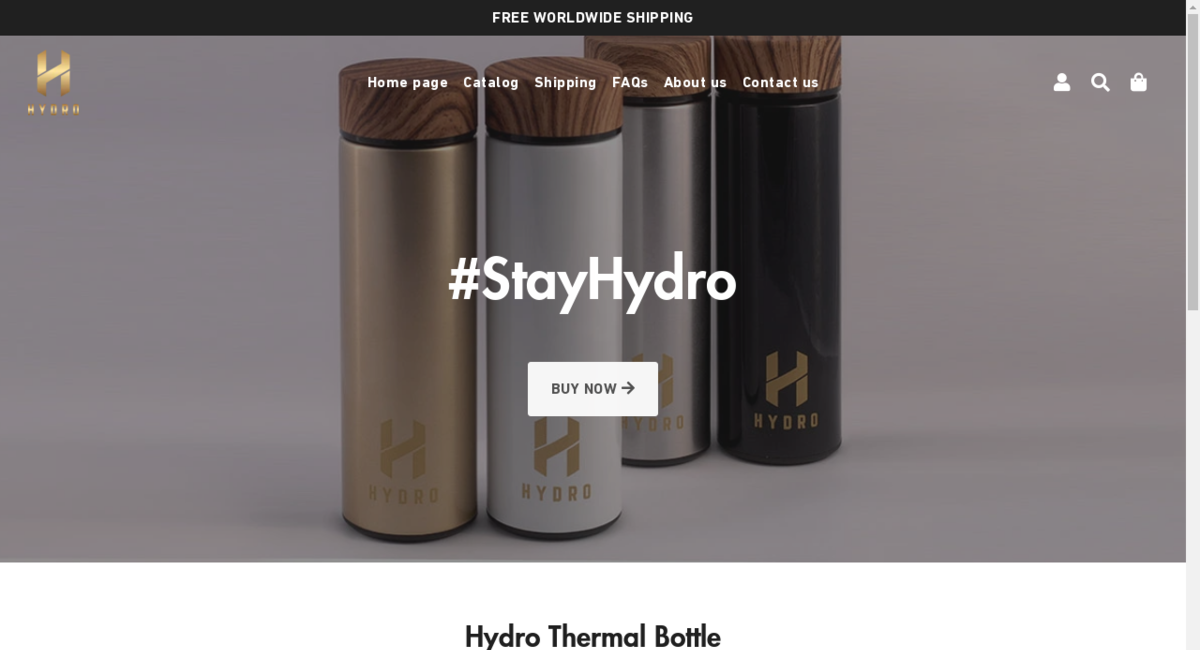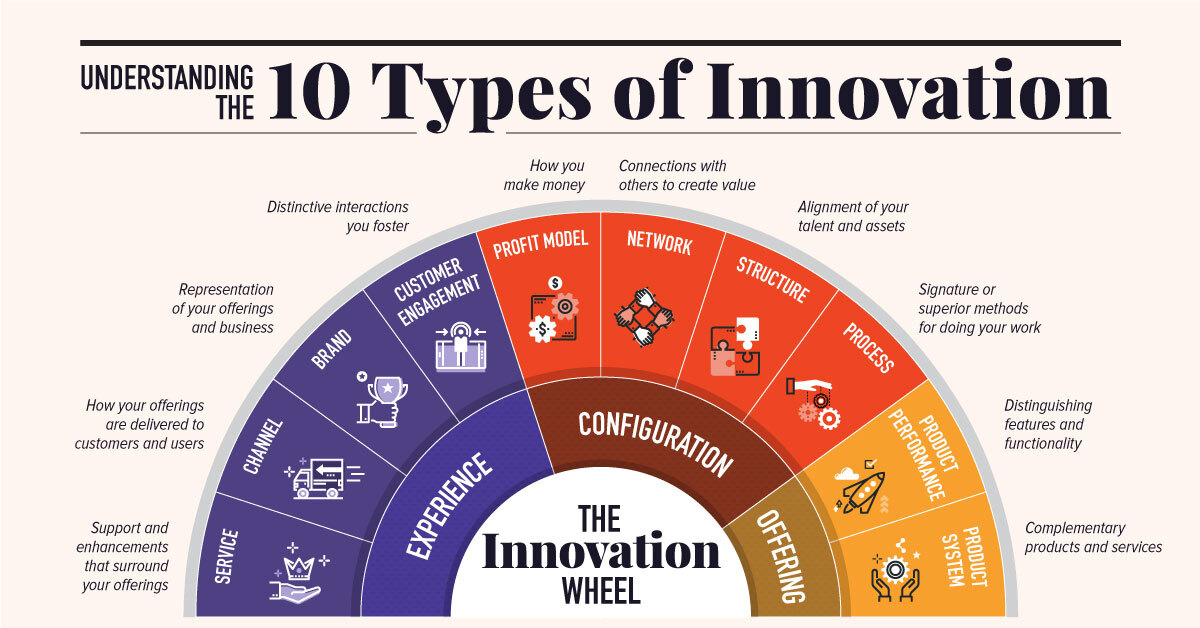Multiple high-quality pictures for each product. Simple product pages featuring the items in action. Easy check out process. Uncluttered interface and minimal design. Good product descriptions and specifications. Simple and effective CTA button. Informative and educational videos. Teatox Australia. 5 Types Of Digital Marketing At Digital Vidya, we opine that the term Digital Marketing is an amalgam of using various online visibility methods to promote products, services or the brand itself. You may want to make people find your website, have a look at your products, understand your services or get to know about your offers. Also like employees, signs can be given on-the-job tasks, ranging from sales information and wayfinding to general product information and usage. With that in mind, here are some general best practices you'll want to consider when thinking about store layout and signage, followed by five types of signs you won't be able to do without.
There is more to photography than just point-and-click. Staging and context in online product photography can help online merchants shine a new light on their lineup. Allow one of our design experts to show you the ropes.
For better or worse, the value of a business’s products are judged by the design quality of its digital storefront. An ugly site is perceived as being untrustworthy and can adversely affect its ability to generate revenue. There are things that can be done to lessen this fact but there’s no getting away from the importance of having an attractive site.
Product photography is one of the best, and easiest, ways to increase the attractiveness of a website. Large, high quality images help the viewer to better envision the products, which can mean the difference between making a sale or losing one. There are multiple different types of product shots; mixing them can add some much needed variety to the site. Below are the types of shots with some additional information about their benefits.
The individual shot
The most common type of photo, you can find these on category and product display pages. They emphasize an individual product and is usually taken on a white or black background. Typically all available products on a site will be shown in this format./dotdash_Final_Electronic_Commerce_e-commerce_Jul_2020-01-ce459260dd854c20afafcc43b0d7731d.jpg)
Uses: Sweet, simple and obligatory product photos for basic listings and narrow category pages.
Tips: It is tempting to stick to manufacturer photos, and you may have to rely on those until you build up your own photo library, but your own images will add distinction to your site and to your brand.
The group shot
The opposite of an individual shot, this type of shot is chosen for displaying items in the same product line. Occasionally these shots are also used for products that are packed in different quantities.
Uses: Showing the entire available product range, visually suggesting accessories or creating a hero image for your category page.
Tips: Presentation matters. Try organizing your products into different shapes, rather than just sticking to rows and columns, and get plenty of input from friends.
The detail shot
Frequently used for shots involving technology products, this closeup shot shows individual parts or features of the product for emphasis. They are usually zoomed in tight and activate at least three edges of the photo area.Uses: Visually communicating attention to detail, quality parts or vanity branding.
Tips: As hinted above, frame your image so that at least three edges of your product come into contact with the photo area. Lighting is always important for photos, but they make even more of a difference in detail shots. Remember: sunlight is ideal, so shoot outside if you are able.
The component shot
Individual parts of the product are photographed to add emphasis. Composition varies but is generally taken in a consistent way that shows the parts are all related.Uses: Products with exchangeable parts, such as this 3-in-1 mixer with blades and mixing bowl, with the dough maker called out for emphasis.
Tips: Remember that parts appearing on the outside edges of the image tend to draw the eye, such as the dough hook in this example.
The teaser shot
Teaser shots are often done to increase viewer interest and displays artistic appeal. They show the product being used in a way that suggests a lifestyle and generally includes heavy usage of props. This type of shot is typically used on header/splash pages and category dividers.
Uses: Showing everyday life utilizing candid shots displaying products in the background or as a subtle foreground element.
Tips: This images will not be suitable for every product or even every store, and lifestyle photos can deter some customers if they are perceived as dishonest. In most cases, you will want to be conservative in using them, saving such shots for the homepage and changing them on occasion to avoid viewer fatigue.
Take the time to review the images on your homepage, as well as a sampling of product and category pages, and spend a few moments thinking about how your products would look solo, as a set, in detail or in use. You do not need an expensive camera to take a great picture--even the camera on your phone can hold up to the quality of professional cameras of a few years ago--you just need great lighting and time to explore your subject from different angles until you find the perfect shot. For more tips, check out our article on taking professional product photos with your smartphone.
The Five Types Of Ecommerce Product Photoshop
-Juliette Pepperell, Web Designer
Shipping companies know that not every client will be able to ship their goods in standard cardboard boxes, so they offer a broader assortment of options. Here are five of the most common types of packing materials that can accommodate a wide variety of company needs.
1. Crates and Pallets
No matter what kind of product you need to move, crates and pallets are an important part of the shipping and packaging process. They act as secondary wrapping and keep the actual goods safe until they are delivered. Pallets keep packages raised off of the surface they are sitting on—whether it is the ground or the bed of a delivery truck. Keeping products off the ground keeps the packaging in good condition, and protects against dirt and moisture.

Almost all packaging companies from Toronto to Tennessee use crates and pallets when preparing their clients’ products for shipment. Some companies, like Pack-All International, use wooden materials that can easily be reused or recycled. Other shipping locations, like Nelson Company, use reusable and recyclable plastic crates and pallets. Both materials have their advantages and disadvantages, but either will keep your products safe and dry in their packaging.
2. Shrink Wrap
Shrink wrap is used as both/either primary and secondary packaging. You can shrink wrap your actual product, like the shrink wrap around CD cases or loose notebook paper, or you can shrink wrap an entire pallet of packages to hold the packagestogether and make them easier to move.
Shrink wrap does more than keep packages together. It also provides puncture and abrasion protection as well as impact resistance. Plastic is also cheaper and more recyclable than corrugated boxes (source: Involvo). Shrink wrap provides the same protection when it is used as individual product packaging, plus it gives the contents visual appeal.
3. Vacuum Packaging
Vacuum packaging is a great option for goods that need to be sealed, which makes it a preferred option for perishable foods. Their compact design also makes them popular for dehydrated goods, or food intended for camping and backpacking trips. Vacuum wrapping eliminates oxygen from the packaged food, which keeps out bacteria, mold, and yeast. Food that comes in vacuum packaging will also stay fresh in the freezer longer than food wrapped in other types of packages. If your company ships any kind of perishable food, vacuum packaging will efficiently meet your needs. Vacuum packaging is also used for medical materials, or anything that needs to be hermetically sealed.
4. Preservation Packaging
Preservation packaging includes both shrink wrapping and vacuum packaging, as well as other forms of packaging such as jar canning, aluminum cans, and other types of protective packages like egg cartons and milk jugs. These packaging materials have one goal—keep the product safe, protected, and fresh.
Another type of preservation packaging material that doesn’t necessarily have to do with food is bubble wrap. Bubble wrap is a lightweight, inexpensive way to cushion your products and provide them with impact protection throughout the shipping process.
The Five Types Of Ecommerce Product Photosynthesis
5. Shock Mount Packaging
The Five Types Of Ecommerce Product Photos Without
For items that are extremely fragile, shock mount packaging is one of the safest options. The packaging contains built-in shock absorption, protecting the contents from shock and vibration as well as humidity, dust, and moisture. This heavy-duty type of packaging is typically used for fragile electronic equipment, or unstable chemical compounds.
There are many different ways to package and ship your products. Evaluate the needs of your company and products, and decide which of these options will work best for you, and will keep your products safe throughout the shipping process.

